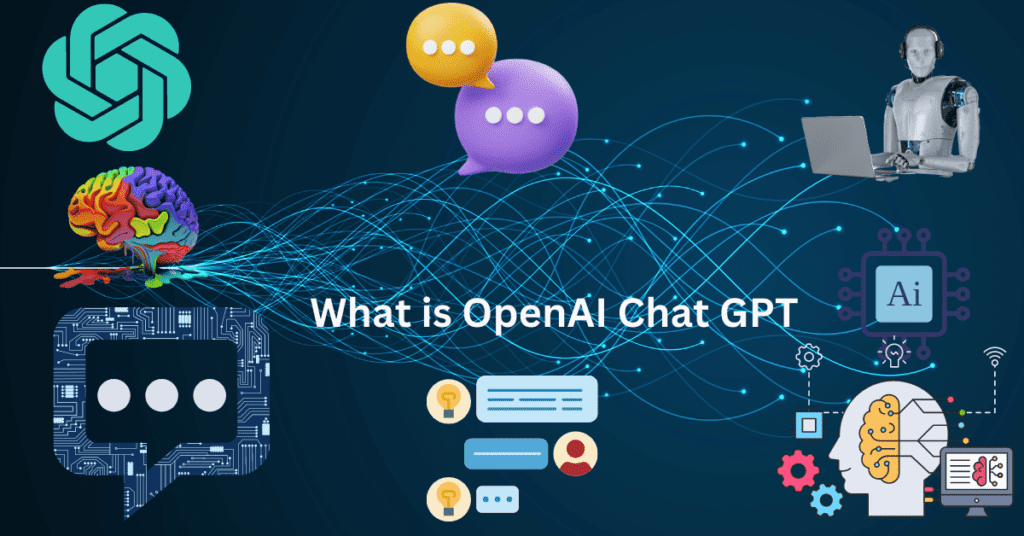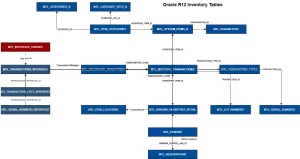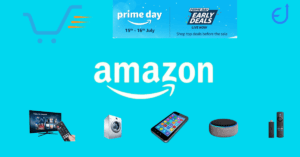
What is chatgpt and how it works?
What is Chat GPT? A chatGPT is an advanced AI language model developed by OpenAI. It uses deep learning techniques to process and generate human-like text. Built on the GPT (Generative Pre-trained Transformer) architecture, ChatGPT understands context, analyzes input, and provides coherent responses. It is trained on diverse datasets, enabling it to handle a wide range of topics effectively.
The model works by predicting the next word in a sentence based on the input it receives. It uses a transformer neural network, which processes text in sequential layers, capturing the relationships between words. ChatGPT learns patterns, grammar, facts, and nuances of language during training. This makes it capable of generating relevant and meaningful responses.
ChatGPT operates in real-time, responding to user prompts with speed and accuracy. It can assist with coding, writing, research, and conversation. However, it does not possess consciousness or knowledge beyond its training data, and it cannot verify real-time facts unless connected to the internet.
Its applications are diverse, including customer support, education, blogging, and technical problem-solving. ChatGPT serves as a powerful tool for productivity and communication, bridging gaps in knowledge and facilitating innovation across industries.
What is OpenAI Chat GPT 4
Artificial Intelligence (AI)
- AI involves developing computer systems to perform tasks that typically require human intelligence, including:
- Understanding natural language.
- Recognizing patterns.
- Problem-solving.
- Decision-making.
- AI systems improve over time by learning from data and adapting to new inputs.
- The ultimate goal of AI is to create machines capable of intelligent thinking, learning, and acting in diverse scenarios.
AI Chatbots
- AI chatbots are software programs designed to simulate human conversation.
- They interact with users via text or voice interfaces, providing conversational responses to queries or commands.
- Key functionalities include:
- Customer support and answering inquiries.
- Assisting with online shopping.
- Managing bookings and appointments.
- Chatbots utilize Natural Language Processing (NLP) algorithms to:
- Interpret user inputs.
- Generate contextually appropriate responses.
Chat GPT
Chat GPT exemplifies how AI enables computers to perform tasks traditionally requiring human intelligence, enhancing efficiency and interactivity.
ChatGPT is an advanced AI program designed to emulate human-like learning and thinking.
Key features:
- Recognizes patterns and processes natural language.
- Makes decisions and provides coherent responses.
- Adapts to new contexts and improves over time.
Common applications of AI, including ChatGPT, span:
- Voice assistants (e.g., Siri, Alexa).
- Recommendation systems (e.g., Netflix, Spotify).
- Autonomous technologies (e.g., self-driving cars).
What does GPT stand for in AI?
GPT stands for Generative Pre-training Transformer. GPT is a kind of artificial intelligence (AI). When we talk about AI, we might think of interacting with robot as we do with any human being.
How ChatGPT works?
ChatGPT, a remarkable language model, has taken the world by storm with its ability to generate human-quality text and engage in meaningful conversations. Powered by the GPT-3.5 architecture, ChatGPT’s prowess stems from a combination of sophisticated techniques and a vast training dataset. Let’s delve into the inner workings of this AI marvel.
How Does Chat GPT Learn?
The journey to ChatGPT’s fluency began with an immense exposure to text data, ranging from books and articles to social media posts. This extensive training provided the model with a comprehensive understanding of grammar, facts, and even reasoning abilities.
At the heart of ChatGPT lies a neural network architecture known as a transformer. This ingenious design allows the model to effectively process and comprehend long-range dependencies within text, enabling it to grasp the nuances of language and generate coherent responses.
What is the Transformer Architecture?
The transformer architecture is a special way of building a computer program. It helps ChatGPT understand the meaning of text.
Before embarking on the task of generating text, ChatGPT breaks down the input text into smaller units called tokens. These tokens, which can be words, subwords, or even characters, serve as the building blocks for the model’s predictive process.
The essence of ChatGPT’s ability to generate text lies in its predictive capabilities. By analyzing the context of a given sequence of words, the model can accurately anticipate the most likely next word. This process, repeated iteratively, allows the model to construct coherent and meaningful sentences.
To further enhance its understanding of language, ChatGPT employs an attention mechanism. This mechanism enables the model to focus on specific sections of the input text, ensuring that it generates responses that are relevant to the context.
Parameter Tuning and Inference: Refining the Model’s Responses
ChatGPT’s success can be attributed to its meticulously tuned parameters. Through a rigorous training process, these parameters are optimized to ensure that the model generates high-quality and contextually relevant responses.
When presented with a prompt or question, ChatGPT embarks on an inference journey. It begins by converting the text into tokens, then utilizes its learned parameters to probabilistically predict the most likely continuation of the text.
Output Generation: Weaving Words into Meaningful Text
The process of output generation involves an iterative approach. ChatGPT continuously predicts the next word in the sequence, sampling from a probability distribution to determine the most likely choice. This process continues until a predetermined stopping condition is met, such as reaching a maximum length or encountering a specific token.
Important Considerations: Limitations and External Sources
While ChatGPT is a remarkable tool, it’s important to recognize its limitations. It is not imbued with consciousness or personal experiences, and its responses are solely based on the patterns it has learned during training.
ChatGPT may not always provide the most accurate or up-to-date information, and it lacks access to external sources. Therefore, it is advisable to verify critical information from trusted sources, such as teachers, parents, or libraries.
Usage of Chat GPT – What is chat gpt used for
Role of Chat GPT in Education
One of the potential applications of ChatGPT4 is in the field of education. ChatGPT4 can be used to create personalized learning experiences for students. It helping them understand complex concepts in a more accessible and engaging way. The model can analyze a student’s performance. It identify areas where they struggle, and provide customized learning material to help them improve.
Role of Chat GPT and AI in Medical
Another significant potential application of ChatGPT4 is in the field of healthcare. The model can analyze large amounts of medical data, including electronic health records, patient history, and medical research, to provide doctors and healthcare professionals with accurate and timely information. This can help doctors make more informed decisions, leading to better patient outcomes.
ChatGPT for Business: Benefits and Drawback
In addition to education and healthcare, ChatGPT4 can also have a significant impact on the ChatGPT for businesses. The model can be used to analyze large amounts of data, including customer behavior, market trends, and consumer preferences. This can help businesses make better decisions about product development, marketing strategies, and customer service, leading to increased profitability and growth.
ChatGPT in Communication and Language Translation
Furthermore, ChatGPT4 can also be used to improve communication and language translation services. The model can understand and process multiple languages, making it easier for people from different countries to communicate effectively. This can help bridge cultural and language barriers, promoting understanding and collaboration between different communities.
Overall, ChatGPT4 has the potential to change the world in numerous ways. From improving education and healthcare to transforming the business world and enhancing communication, the possibilities are endless. As the technology continues to develop and improve, we can expect ChatGPT4 to revolutionize the way we interact with and understand the world around us.
What are Some Limitations of ChatGPT
ChatGPT is a large language model tool developed by OpenAI that uses data and computing techniques to make predictions and string words together in a meaningful way. ChatGPT can explain quantum physics or write a poem on command, but it doesn’t have sentience and doesn’t “think” the way people do.
Despite its impressive abilities, there is intrinsically a difference between the way that humans produce language and the way that large language models do it. Other tech companies like Google and Meta have also developed their own large language model tools.
Recent efforts to use chat bots for real-world services have proved troubling, with odd results. Researchers are taking measured approaches with generative AI tools, acknowledging their potential while gauging their limitations. OpenAI has acknowledged that ChatGPT sometimes writes plausible-sounding but incorrect or nonsensical answers. Please also read my blog post about chatgpt3-5-vs-chatgpt4.
FAQ – What is chat gpt
Tokenization is a fancy word for breaking down text into smaller pieces. ChatGPT breaks down text into words, parts of words, and even letters.
ChatGPT can predict the next word in a sentence because it has seen many sentences before. It knows how words are often used together.
The attention mechanism is a special way of focusing on the important parts of a sentence. This helps ChatGPT understand what a sentence is about.
When you give ChatGPT a prompt or question, it breaks the text into tokens and uses its knowledge to predict the next word. It keeps doing this until it reaches a stopping point, like a maximum length or a specific token.
ChatGPT is not a human. It does not have its own thoughts or feelings. It can only generate text based on what it has learned.
ChatGPT is not always accurate. It may not have the latest information, and it may not understand your questions perfectly.
If you are not sure if ChatGPT’s information is accurate, you should check with a trusted source, like a teacher, a parent, or a library book.




Pingback: ChatGPT3.5 vs. ChatGPT4: Advancements in Conversational AI– Enodeas
Pingback: How to Use Chat GPT 4– Enodeas